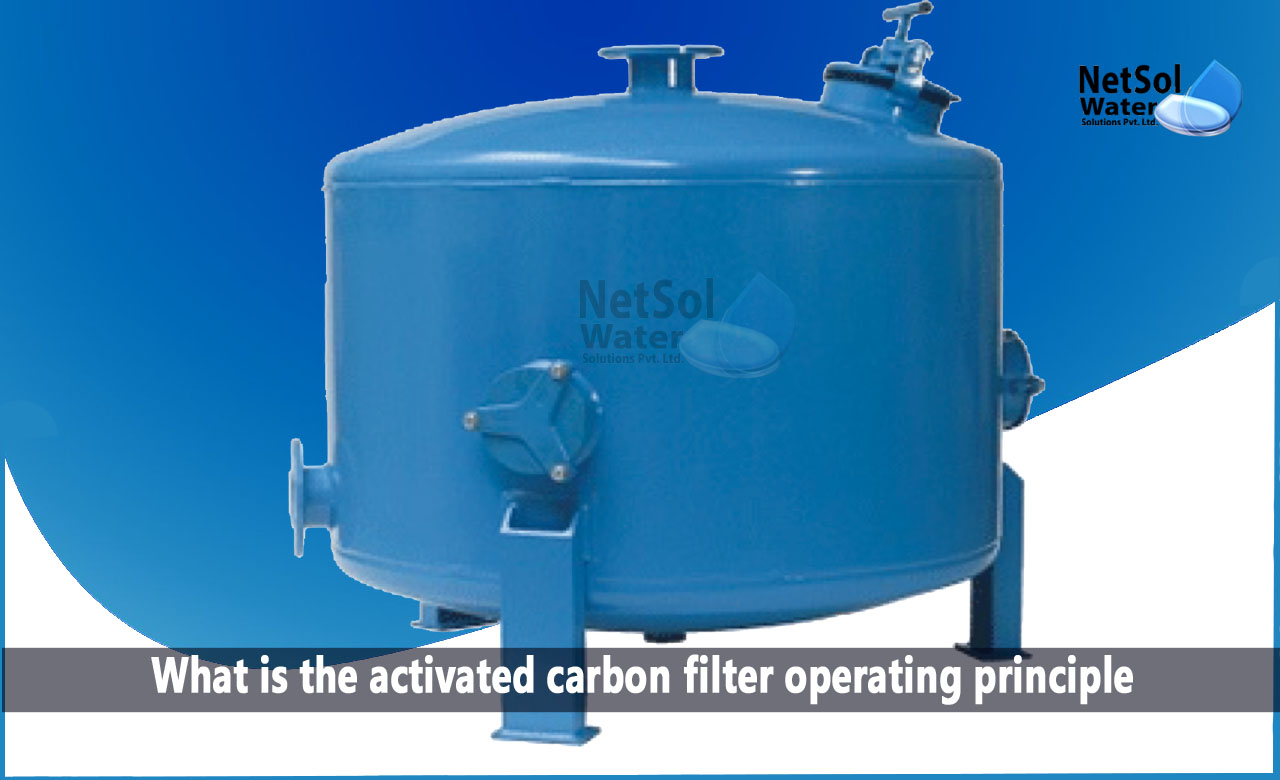What is the activated carbon filter's operating principle?
Carbon created from carbonaceous sources like bamboo, coconut husk, willow peat, wood, lignite, coal, and petroleum pitch, is known as activated carbon. For understanding the working of activated carbon, we must know about its operating principle. But, before moving onto activated carbon filter’s operating principle, let us understand the mechanism to activate it:
· Physical activation of activated carbon
Using heated gases, the source material is transformed into activated carbon. The fumes are subsequently burned out with the help of air, resulting in a graded, screened, and dusted form of activated carbon. Typically, one or more of the following procedures are used to accomplish this:
Carbonization: Carbon-containing materials are pyrolyzed between 600 and 900 °C, often in an inert environment with gases like argon or nitrogen.
Activation/oxidation: At temperatures exceeding 250 °C, often in the range of 600-1200 °C, raw material or carbonised material is exposed to oxidising atmospheres (oxygen or steam). The sample is heated for 1 hour at 450 °C in an air-filled muffle furnace to activate it.
· Chemical activation of activated carbon
Specific chemicals are infused into the carbon substance. Typically, the chemical is one of the following: phosphoric acid 25%, potassium hydroxide 5%, sodium hydroxide 5%, potassium carbonate 5%, calcium chloride 25%, and zinc chloride 25%. Next, the carbon is heated to high temperatures between 250 and 600 °C. It is thought that the warmth at this point activates the carbon by causing the substance to open up, and develop more tiny holes.
Due to lower temperatures, higher quality consistency, and quicker activation times, chemical activation is preferred to physical activation.
What is the operating principle of the activated carbon?
1: The water temperature and water quality have some specific effects on the adsorption capacity of activated carbon. The strength of activated carbon's adsorption capacity increases with temperature; if the water temperature rises beyond 30 °C, the capacity has been reached and may begin to progressively decrease.
2: Adsorption of contaminants from organic substances to activated carbon particles occurs, when the particle surface layer balances the surface concentration and forms, with a significant initial adsorption impact. However, the adsorption impact and the strength of the activated carbon adsorption capacity, degrade over time. Thus, regular cleanings or replacements should be performed on the activated carbon.
3: The adsorption capacity of activated carbon is also impacted by the size of the granules. In general, the filtering area increases with decreasing carbon particle size. As a result, the total area of powdered activated carbon is optimum for adsorption, but powdered activated carbon is difficult to control and rarely used.
4: The length of time activated carbon is in contact with water affects its ability to adsorb water. The filtered water benefits from prolonged contact time. As the water passes through the filter layer, it should do so gradually. Before using it for the first time, the new activated carbon needs to be well cleaned, to prevent the flow.
Get high quality activated carbon filters from Netsol!
Netsol Water provides design and manufacturing services to create unique water treatment plants. Whether you require a water treatment plant for commercial or industrial use, we will assist you in selecting the best solution as per your need and requirement.
Contact us right now to find out more about our water treatment products and services. All kinds of chemical, physical, and biological impurities can be effectively eliminated, by our water treatment systems. For further information or to make a product purchase, contact us at +91-9650608473 or drop a mail at enquiry@netsolwater.com



